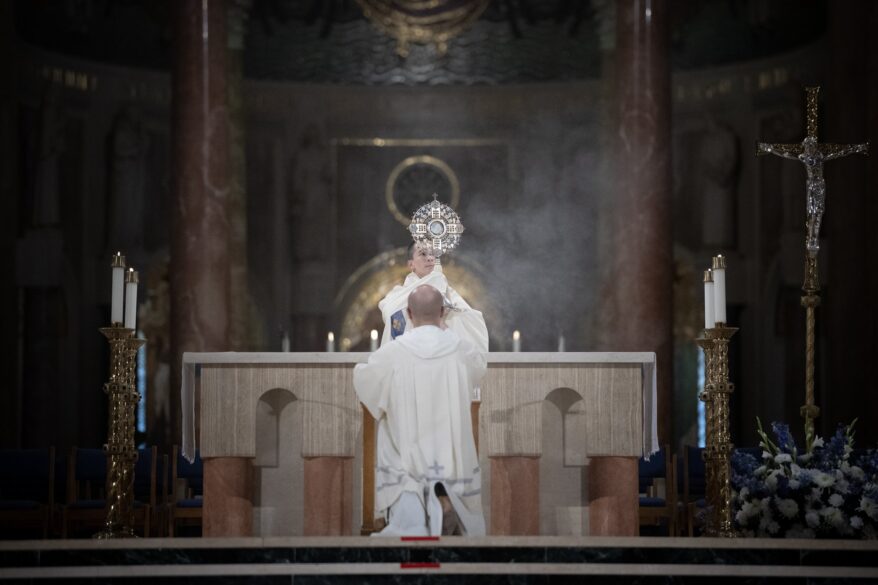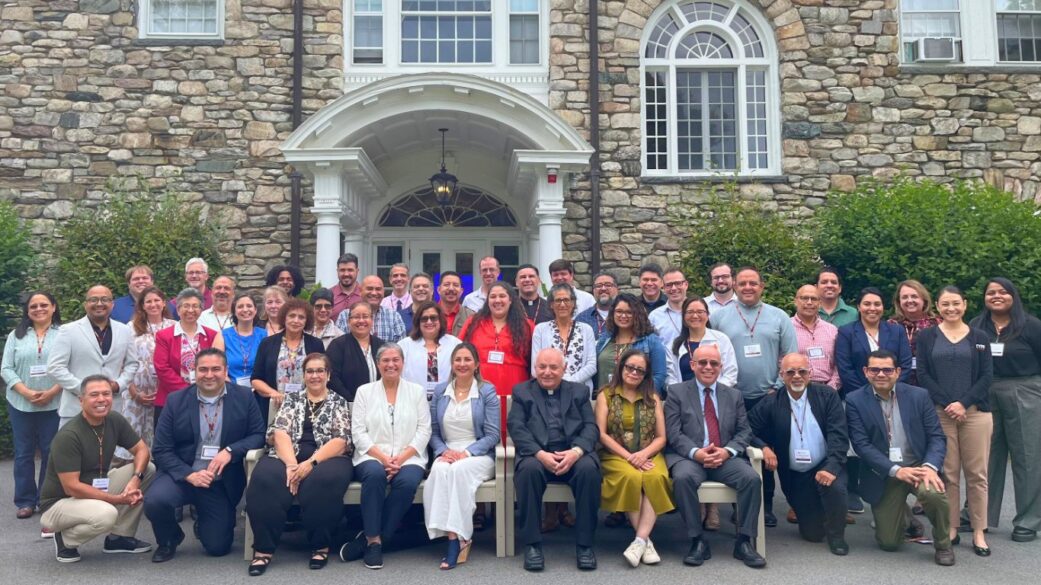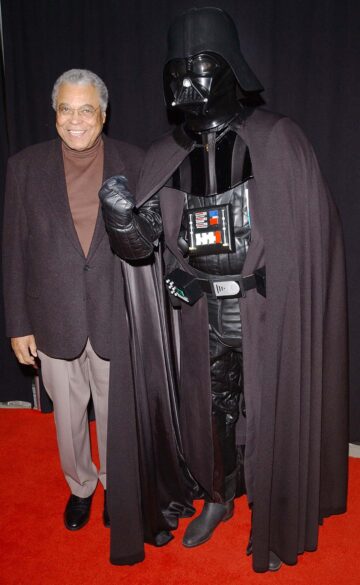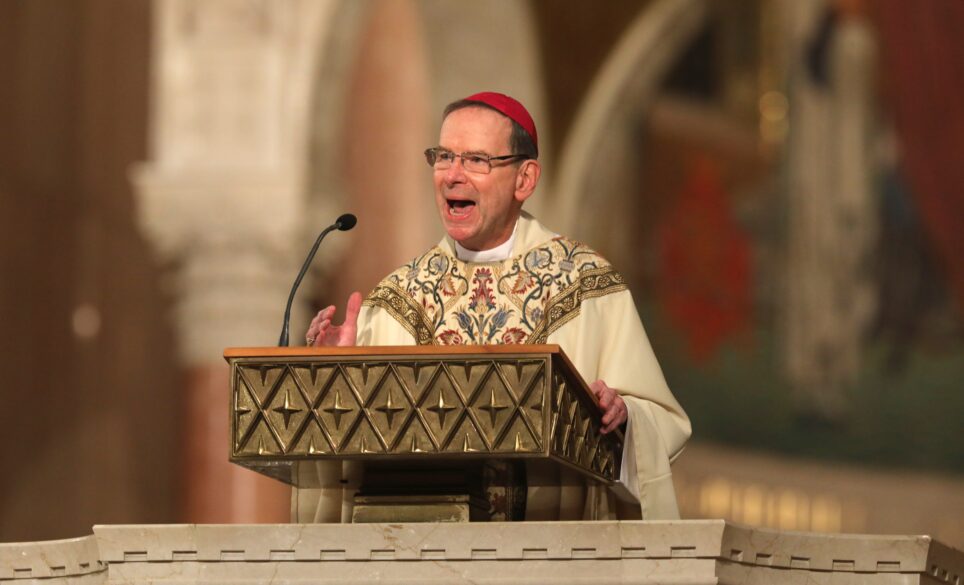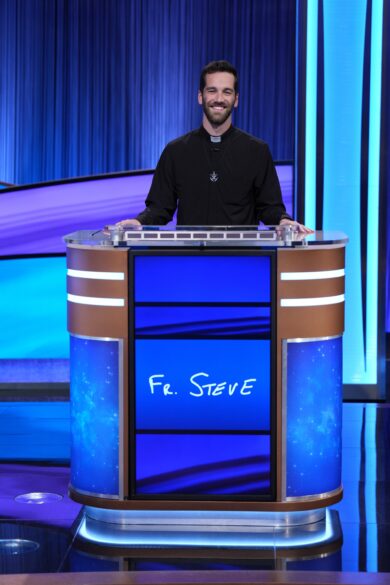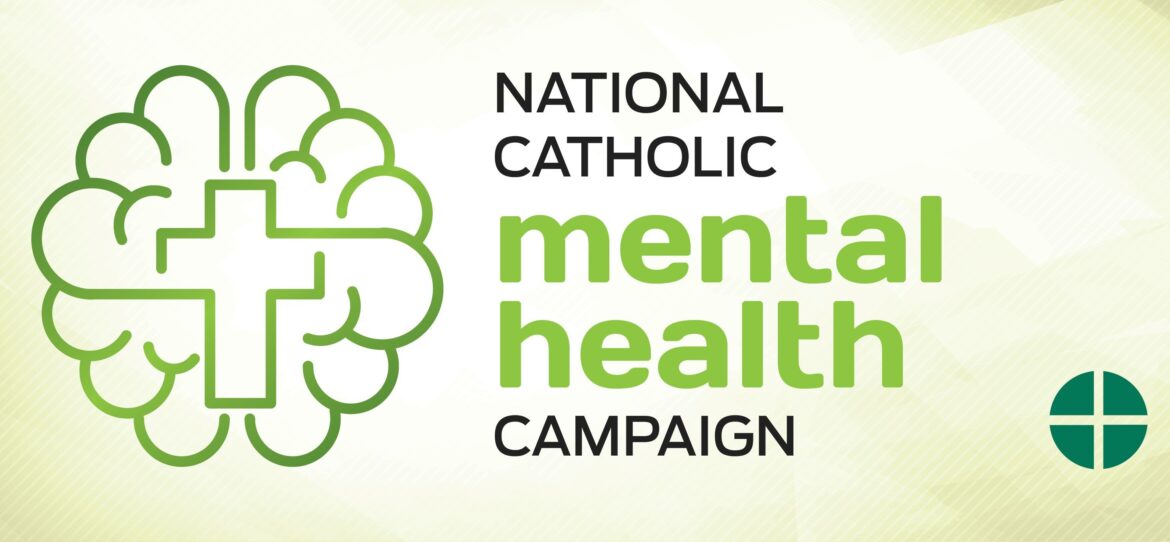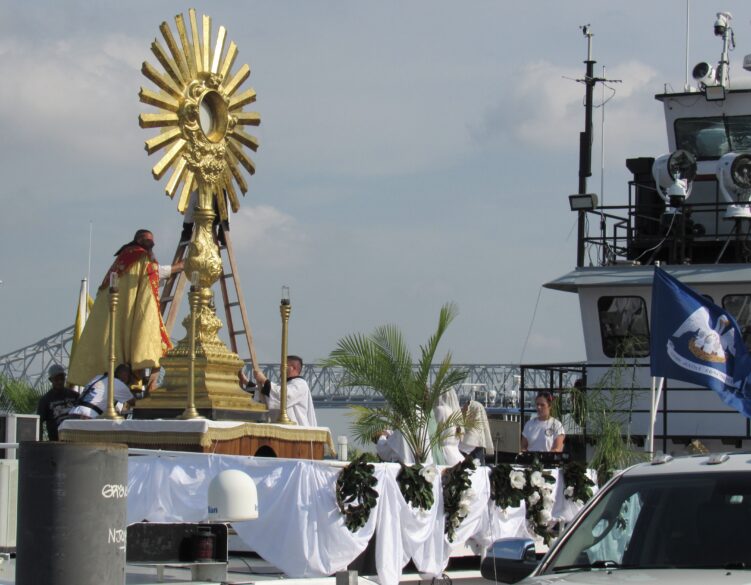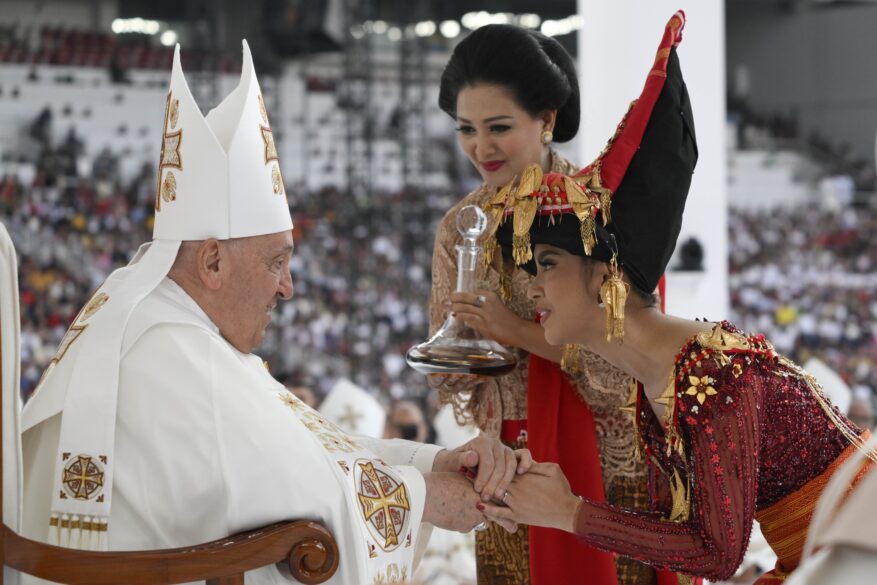
By Gina Christian
(OSV News) – Ahead of Respect Life Month, the pro-life committee chair of the U.S. Conference of Catholic Bishops is urging “a revival of prayer and action” to end abortion and uphold the sanctity of human life.
A statement for the October observance, written by Bishop Michael F. Burbidge of Arlington, Virginia, was released by the USCCB Sept. 19 and posted to the website of the USCCB’s Respect Life Month initiative. The effort traces its origins to 1972, just prior to the U.S. Supreme Court rulings on Roe v. Wade and Doe v. Bolton, the two 1973 decisions that broadly legalized abortion.
In his message, Bishop Burbidge stressed that “Jesus, truly present in the Eucharist, gives us the fullness of life,” and “calls each of us to respect that gift of life in every human person.”
The bishop pointed to the 10th National Eucharistic Congress, held during July in Indianapolis as part of the National Eucharistic Revival, the U.S. bishops’ three-year effort to rekindle devotion to the real presence of Christ in the Eucharist.
The congress and the Eucharistic processions leading up to it “involved hundreds of thousands of Catholics who will never be the same,” he said. “The revival continues, and is so needed, especially in our efforts to defend human life.”
He quoted a 2013 address by Pope Francis to Catholic medical professionals, in which the pope said that “every child who, rather than being born, is condemned unjustly to being aborted, bears the face of Jesus Christ, bears the face of the Lord, who even before he was born, and then just after birth, experienced the world’s rejection.”
However, “the law and millions of our brothers and sisters have yet to recognize this reality,” said Bishop Burbidge.
Despite the Supreme Court’s June 2022 overturning of Roe v. Wade and Doe v. Bolton, enabling elected officials “to reduce or end abortion … fifty years of virtually unlimited abortion has tragically created a national mindset where many Americans have become comfortable with some amount of abortion,” said Bishop Burbidge. “This allows the abortion industry to continue to provide any amount of abortion.”
Abortion rates actually rose or stayed at pre-Roe levels in the U.S. following the Dobbs decision, which overturned the Roe and Doe rulings.
Globally, there are a total of some 73.3 million abortions each year, according to the Guttmacher Institute – a number about 4 million greater than United Kingdom’s current population, and almost 15 million more than the United Nation’s 2019 crude death rate, or total number of deaths worldwide in a given year.
“Given this challenge, the U.S. bishops have affirmed that, while it is important to address all the ways in which human life is threatened, ‘abortion remains our pre-eminent priority as it directly attacks our most vulnerable brothers and sisters, destroying more than a million lives each year in our country alone,’” said Bishop Burbidge, quoting a 2024 document by the U.S. Bishops on conscience formation and political responsibility for Catholics.
With the U.S. presidential election just weeks away, Bishop Burbidge asked Catholics in the U.S. to “renew our commitment to work for the legal protection of every human life, from conception to natural death, and to vote for candidates who will defend the life and dignity of the human person.”
In addition, he said, “we must call for policies that assist women and their children in need, while also continuing to help mothers in our own communities through local pregnancy help centers and our nationwide, parish-based initiative, Walking with Moms in Need.”
Faithful must “likewise continue to extend the hand of compassion to all who are suffering from participation in abortion,” highlighting the church’s abortion healing ministries, such as Project Rachel.
“Most importantly, we must rededicate ourselves to fervent prayer on behalf of life,” said Bishop Burbidge, who invited Catholics “to join me in a concerted effort of prayer between now and our national elections, by daily praying our Respect Life Month, ‘Prayer for Life to Jesus in the Blessed Sacrament.’”
The text of the prayer, along with several resources for Respect Life Month, is available on the initiative’s website at https://www.respectlife.org/respect-life-month.
(Gina Christian is a multimedia reporter for OSV News. Follow her on X (formerly Twitter) @GinaJesseReina.)

